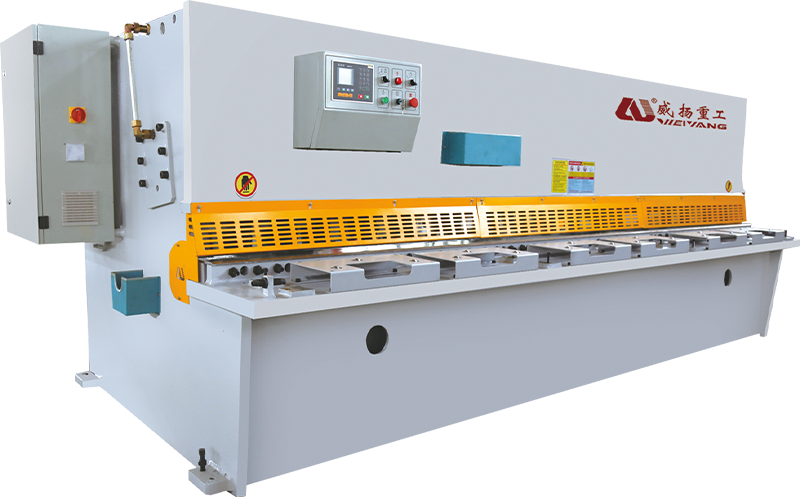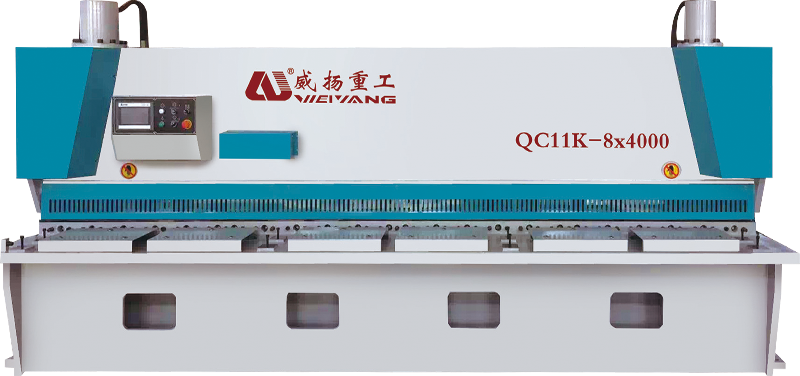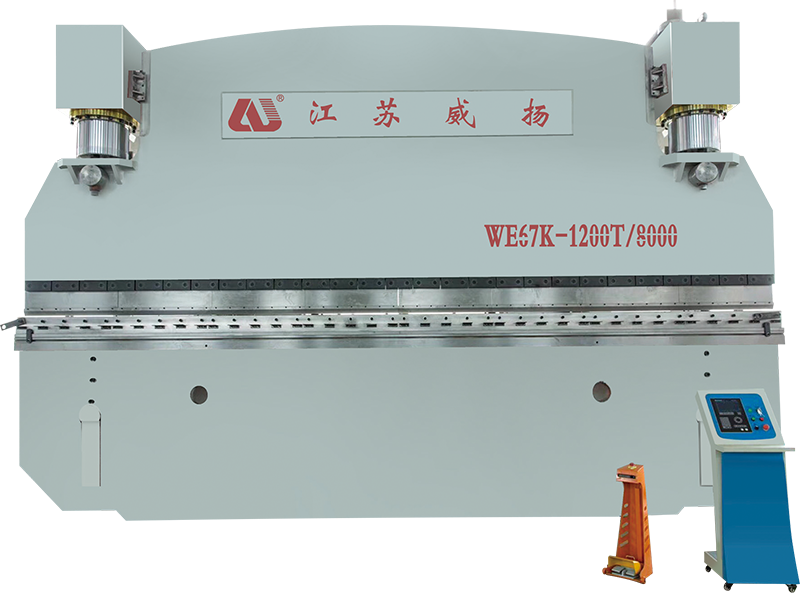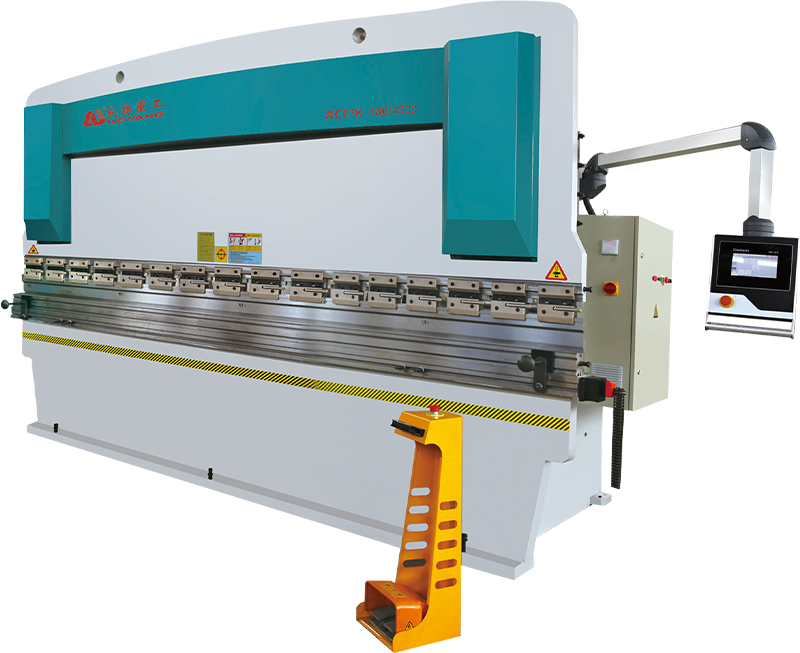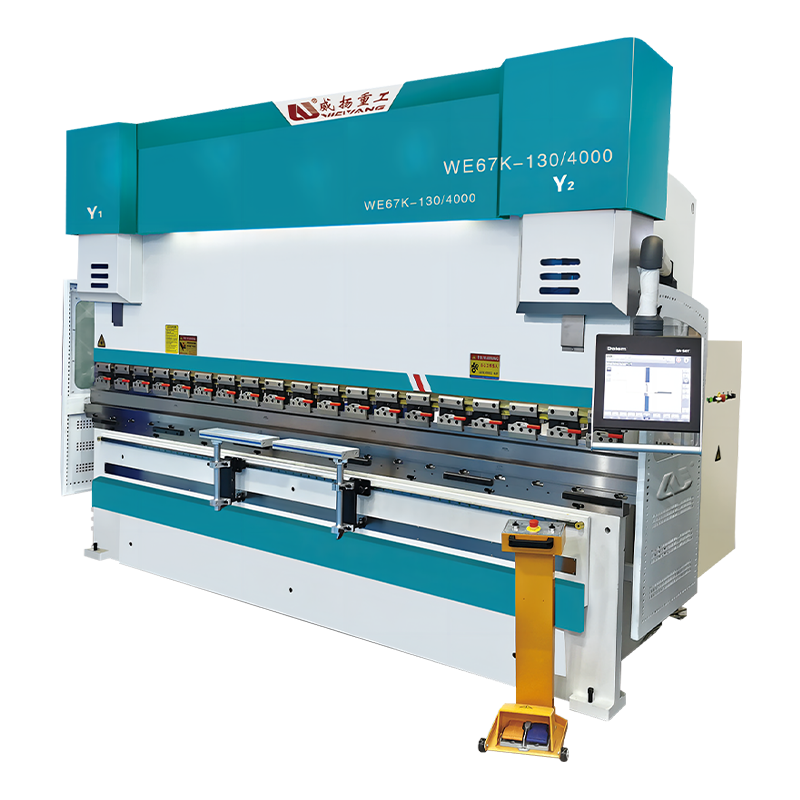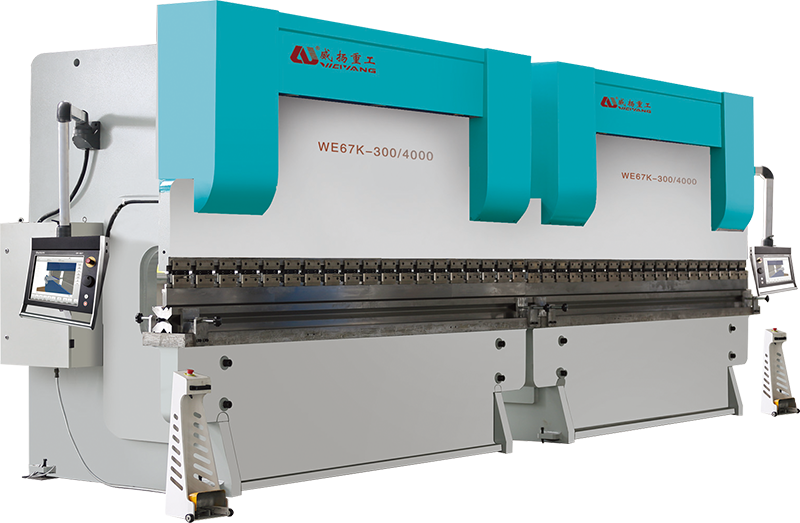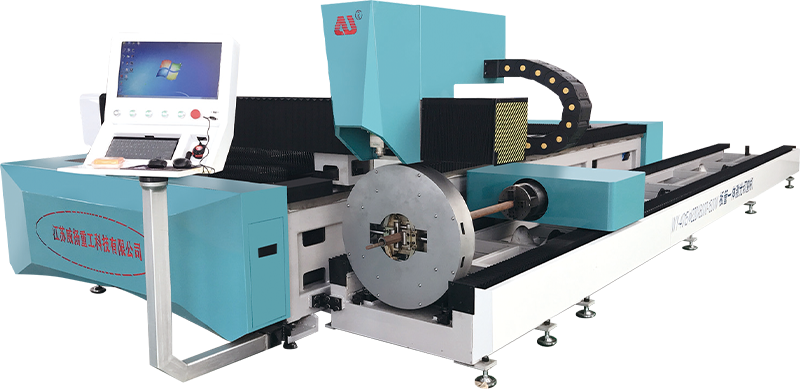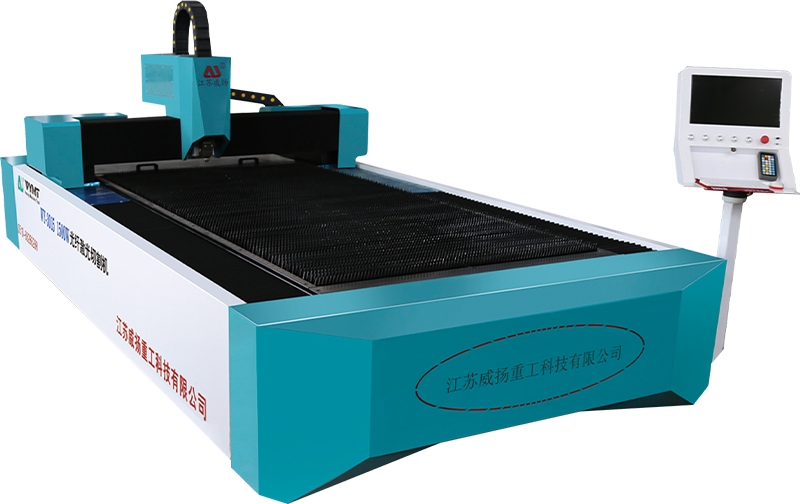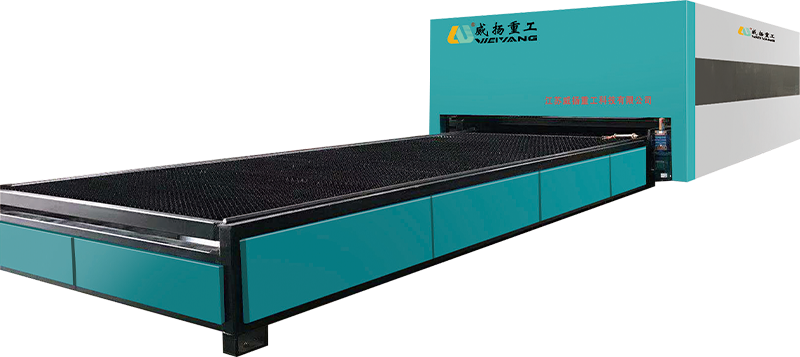How does the CNC Rolling Machine contribute to reducing material waste and optimizing material usage in the rolling process?
One of the primary advantages of the CNC Rolling Machine is its ability to maintain precise control over material flow and tension throughout the rolling process. By utilizing advanced feedback systems and sensors, the machine ensures that the material is fed through the rollers consistently, without unnecessary stretching or excessive compression. The CNC control allows for the optimization of material tension across the entire width of the sheet or coil, which is particularly crucial when rolling metals or other materials that are sensitive to tension fluctuations. This precision minimizes issues such as wrinkling, buckling, or uneven thickness, which could otherwise lead to material wastage. By ensuring the material is processed evenly, the CNC Rolling Machine ensures greater material yield with minimal scrap production.
The CNC Rolling Machine also excels in providing highly accurate cutting and shaping capabilities, which are vital for ensuring that the material is used efficiently. Unlike traditional machines that may require frequent manual adjustments or trial-and-error techniques, the CNC system can be programmed with exact measurements for each part, leading to precise cutting and shaping of the material. This accuracy reduces the need for secondary cutting or reprocessing, which can often result in excess material being discarded. The machine’s ability to cut materials into the exact required sizes, without excessive overhangs or off-cuts, helps to prevent the accumulation of waste that might otherwise occur during the manufacturing process.
The use of advanced programming capabilities in CNC Rolling Machines enables the operator to plan and optimize material usage ahead of time. The machine can be programmed with specific instructions regarding the desired shape, thickness, and length of the rolled product, ensuring that only the necessary amount of material is used in each pass. This eliminates waste that would typically arise from excessive material consumption during trial runs or when machine settings are not calibrated optimally. The ability to optimize for different material types and thicknesses ensures that every sheet or coil is processed in the most efficient manner possible, reducing the need for costly rework and minimizing material wastage.
The transition from manual to CNC-controlled processes significantly reduces human error, which is a major contributor to material waste in traditional manufacturing. With traditional machines, operators may inadvertently apply incorrect settings, such as improper tension, incorrect roller gaps, or wrong cutting parameters, all of which can lead to poor material quality, misalignment, or defective products. In contrast, the CNC Rolling Machine uses automated controls, ensuring that critical parameters such as speed, force, and temperature are consistently maintained throughout the operation. This elimination of variability leads to fewer defective products, which reduces scrap and maximizes the efficient use of the material.
In many applications, particularly in sheet metal rolling or when producing multiple components from a single sheet or coil, the CNC Rolling Machine can optimize the layout or nesting of parts within the material. Nesting software integrated with CNC technology ensures that the parts are arranged in such a way that minimizes the unused space between them, maximizing the useful area of the material.





